Insulation Tips
Expanding Foam vs Insulation Batts- Which is Better?
These days, most homeowners understand why insulation is important for regulating indoor temperatures and reducing energy consumption. However, when tackling an insulation project, it can be difficult to know which materials you should use.
Two common insulation types available today are expanding foam insulation (aka spray foam) and insulation batts. Before deciding which is ideal for your project, it is important that you understand the key differences between the two options, such as cost, installation process, performance and safety.
Also Read – Insulation Batts vs Rolls
Insulation Batts vs Spray Foam
Insulation batts are a type of bulk insulation which resist the flow of heat by trapping millions of tiny air pockets within their structure. They are most commonly made from glasswool (fibreglass), polyester or rockwool and come pre-cut to fit wall, floor and ceiling cavities in most Australian homes.
Spray foam insulation is a chemical-based insulation that is most commonly made from polyurethane and is available in open-cell or closed-cell types. It is installed by professionals using a specialised sprayer.
1. Installation
Insulation batts are easy to handle and can be installed as a DIY project without much difficulty. Safety precautions, including gloves, glasses and long sleeves, should be taken by anyone attempting to install insulation batts. Traditional glasswool products may cause itchiness, although modern products such as Earthwool batts have reduced the itch factor close to zero. No drying time or curing time is required for insulation batts, which means construction can continue during installation.
Spray foam must be installed by a professional and DIY is not typically an option. Spray foam usually requires downtime while it cures which means other trades may not be able to continue during the installation process.
2. Performance
When insulation batts are installed, a consistent R-Value is achieved throughout the cavity. The performance of insulation batts is usually only compromised if the batts are compressed or suffer water damage, or if gaps are left between batts. Specialised acoustic insulation batts also provide excellent sound absorbing properties.
Because spray foam requires precise mixing of chemicals, there is room for error during installation which could lead to reduced performance. For example, excessive moisture may lead to cracks in the foam.
3. Safety
Insulation batts are safe to handle, and require minimal safety equipment such as safety glasses, dust mask and gloves. Installation does not pose a high risk, even with minimal training. Fibres in glasswool may cause irritation to skin and eyes, and inhalation should be avoided.
Spray foam has the potential for off-gassing which may lead to adverse health effects. Handling requires extensive training and professional safety equipment. Being exposed to isocyanates in spray foam may cause irritation to skin, eyes and lungs, and even asthma.
4. Value & Cost
Depending on the type of insulation batts you buy, it could end up costing nearly a quarter of the price of spray foam for the same R-Value. What’s more, no special equipment is needed to install insulation batts, and installation could be done to a high standard as a DIY project.
5. Sustainability
Glasswool insulation products are typically made from 50% recycled glass materials, and polyester batts are made from recycled plastic materials. Spray foam, on the other hand, contains very little or no recycled content.



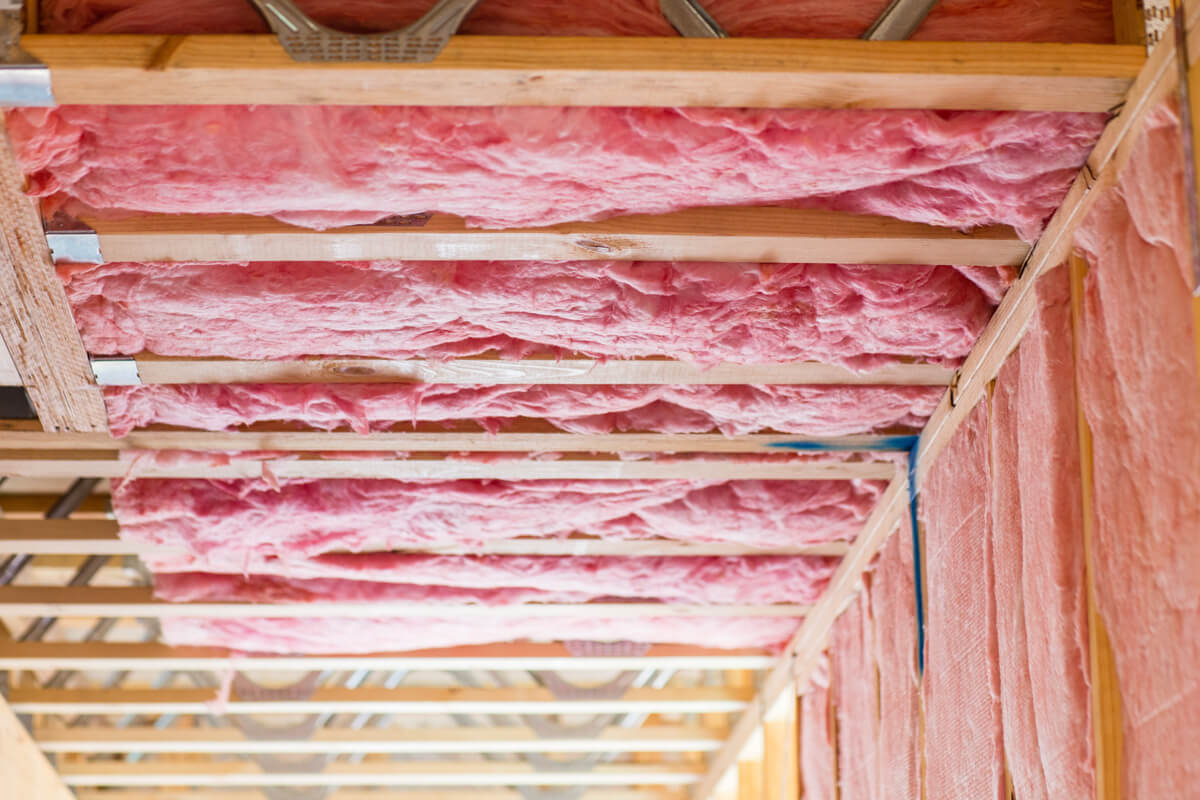
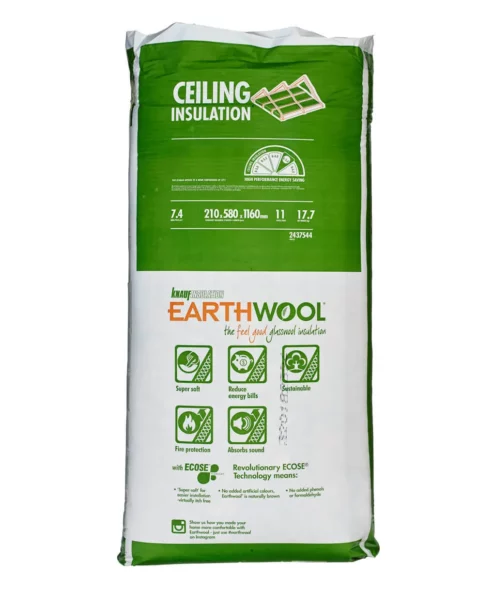
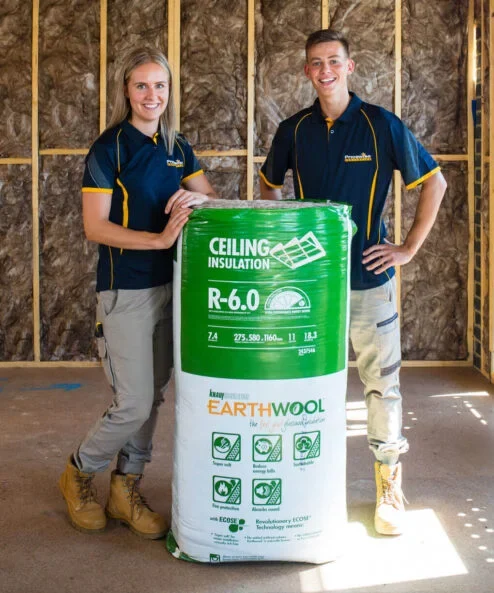
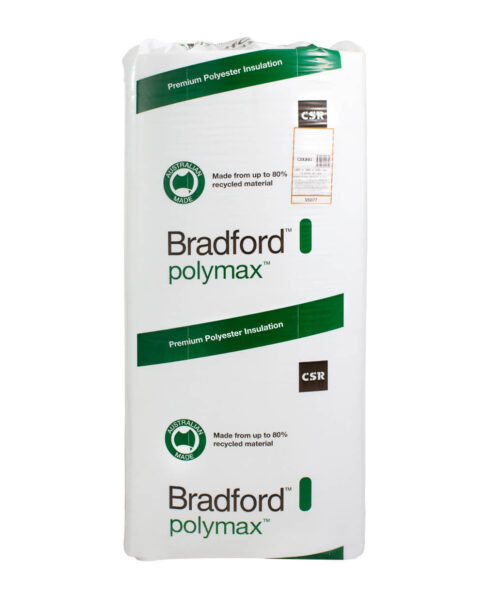
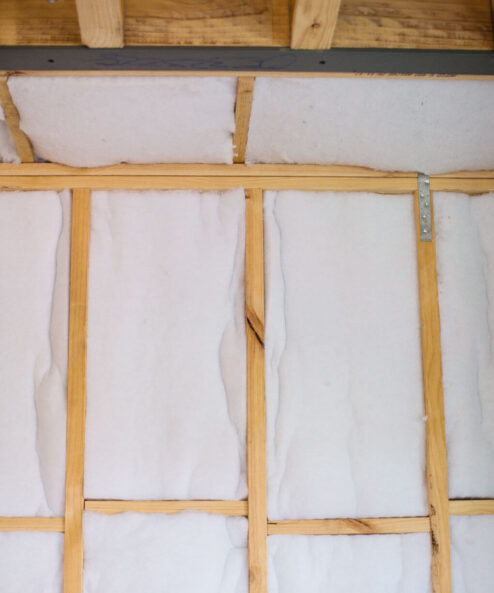
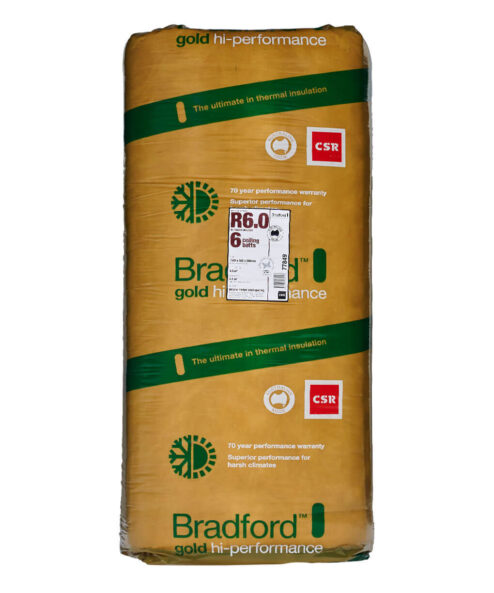
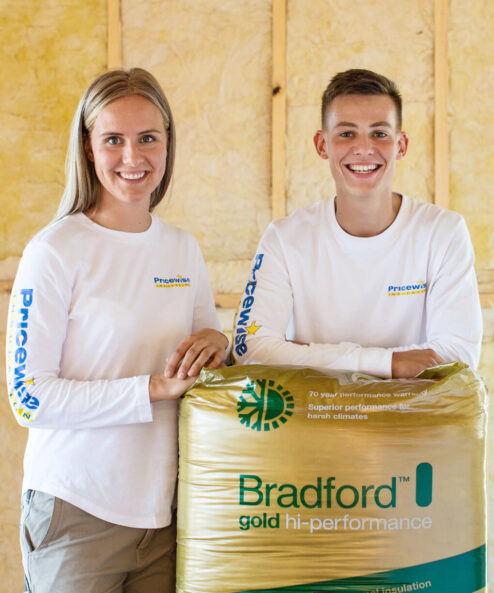
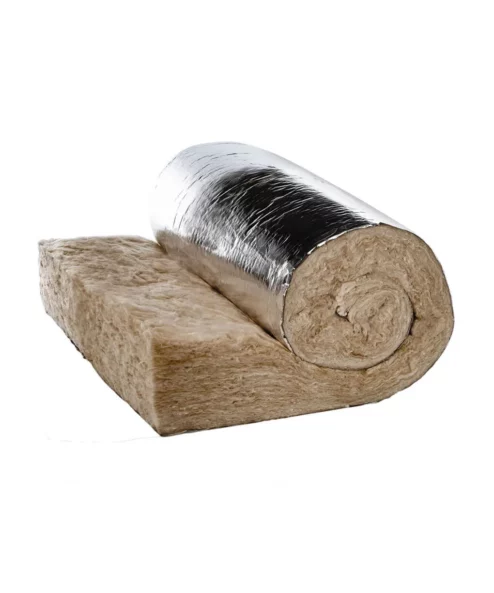
Hi Team, there is a leak in my ceiling through a downlight fitting. I have a flat metal klip lock roof, single storey. I notice lots of condensation on the inside and my insulation is wet at the downlight. The roof plumbers I’ve called aren’t able to explain reason for the leak. Shouldn’t the insulation be dry after a while? It’s been leaking for 3 weeks, rain or no rain. Much appreciate any ideas.
Hi Yen,
If your insulation is wet then it will need to be replaced, as it will no longer provide thermal protection and is at risk of getting mouldy. We have an article explaining why wet or mouldy insulation needs to be removed: https://pricewiseinsulation.com.au/blog/can-home-insulation-get-mouldy/. Good luck getting the issue fixed and feel free to contact our team on 1300 729 639 if you have any questions.
How about for underfloor application on a wood framed house on stumps? We used earthwool in the walls and ceiling during renovation but wasn’t to insulate under the house too now. There is crawl space but it’s not a lot of room, and I’m concerned about moisture in winter, and rodents.
Hi Heather,
Thanks for your question. If moisture is an issue then we would recommend installing a polyester product such as Autex GreenStuf Underfloor Insulation or Bradford Polymax Underfloor Insulation. The reason we recommend polyester for underfloor areas is that it does not absorb water. If you find that moisture is not an issue, then you can install a glasswool product such as Knauf Earthwool FloorShield Underfloor Insulation or Bradford Optimo Underfloor Insulation.
Feel free to give our team a call on 1300 729 639 if you have any further questions.
Cheers!
Christa